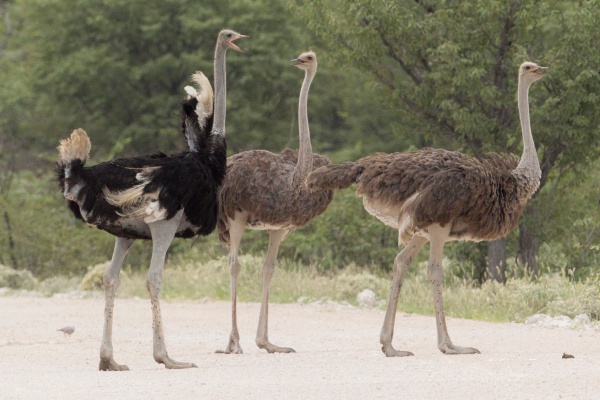Facts About Common ostrich
The common ostrich, native to Africa, is a captivating bird and the largest living avian species in the world. Distinguished by its long neck and legs, it is capable of running at remarkable speeds. Despite being flightless, its sheer size and agility make it an extraordinary creature. While primarily herbivorous, ostriches also occasionally consume invertebrates.
These birds are farmed globally for their valuable feathers, which are commonly used for decorative purposes and feather dusters. Their leather and meat are also in high demand, particularly because ostrich meat is known for being lean and nutritious. In the wild, ostriches live in nomadic groups, and their mating behaviors can vary depending on their environment.
Ostriches have evolved several unique adaptations to thrive in their habitats. Their respiratory and circulatory systems, as well as their methods of water and body temperature regulation, are all highly specialized for their way of life. When threatened, ostriches can be quite aggressive, employing their powerful legs to defend themselves, which can result in serious injury to potential predators.
Regrettably, the wild population of common ostriches has diminished over the years. Today, many are found in reserves or on farms. Despite this decline, the IUCN still classifies them as a species of Least Concern due to their wide distribution.
Ostriches have a long history of interactions with humans, inspiring various cultures for thousands of years. The commercial farming of ostriches for feathers, leather, and meat became widespread in the 20th century. Additionally, ostrich racing has become a popular event in several countries, further enhancing their cultural significance.

 Botswana
Botswana